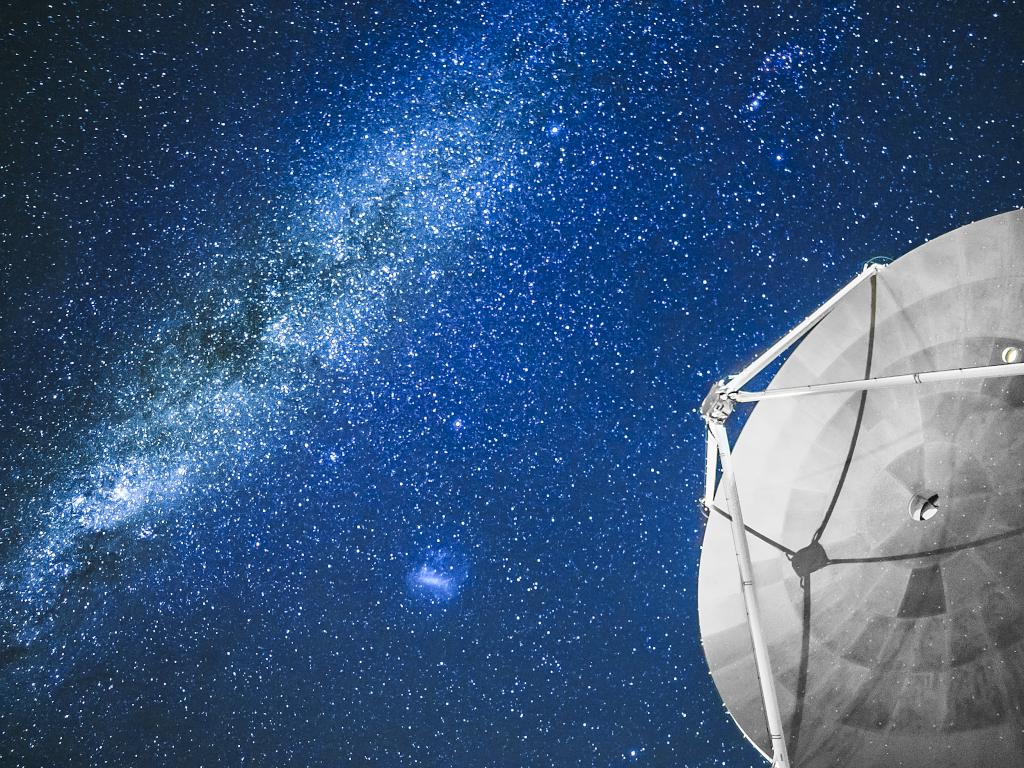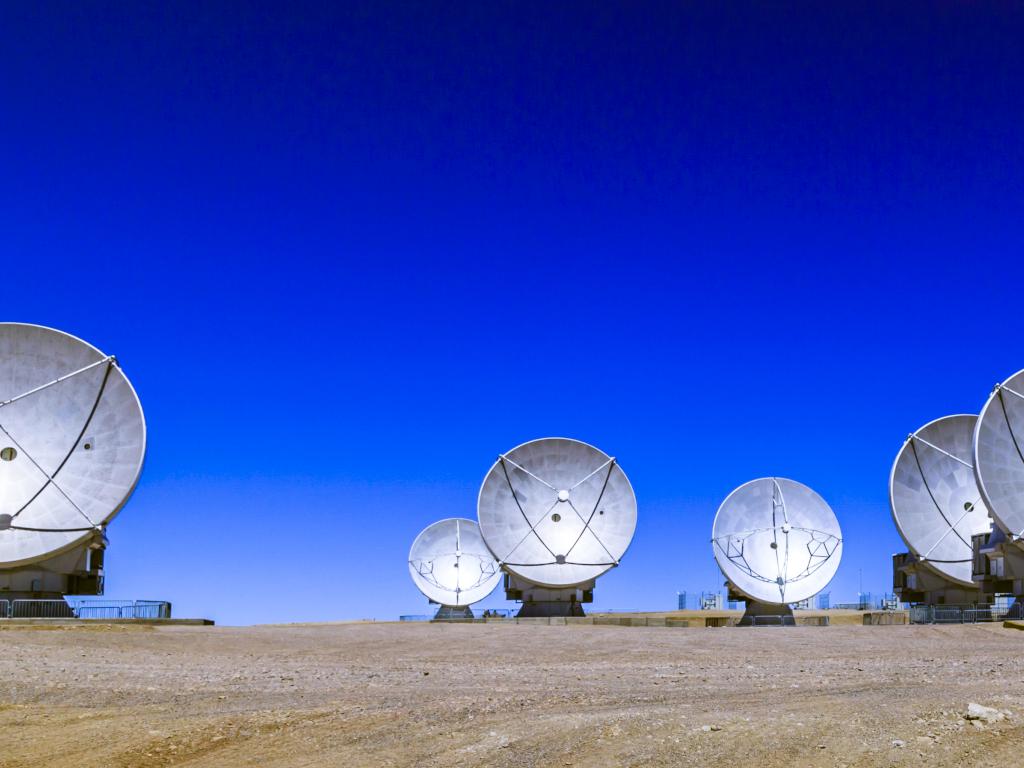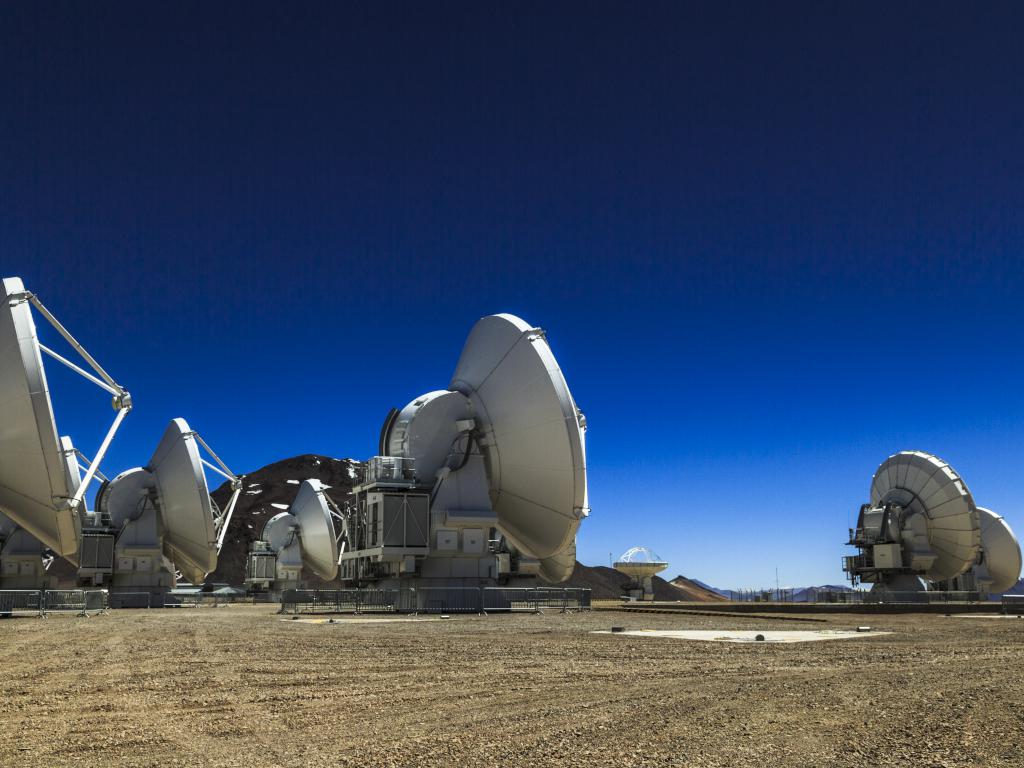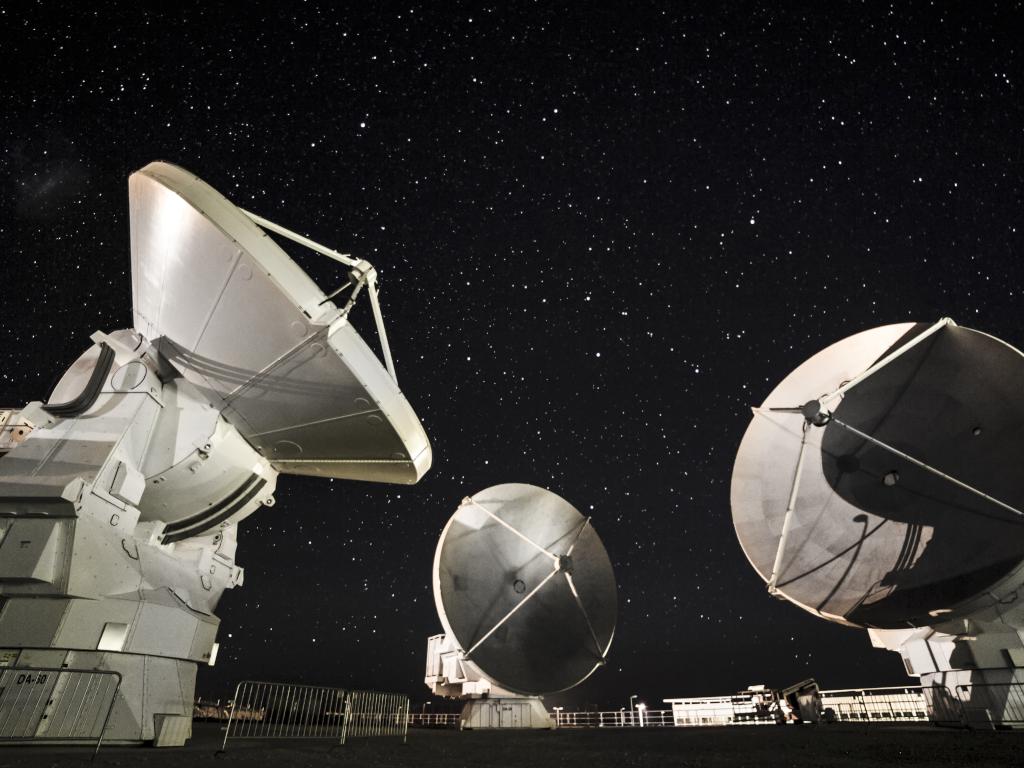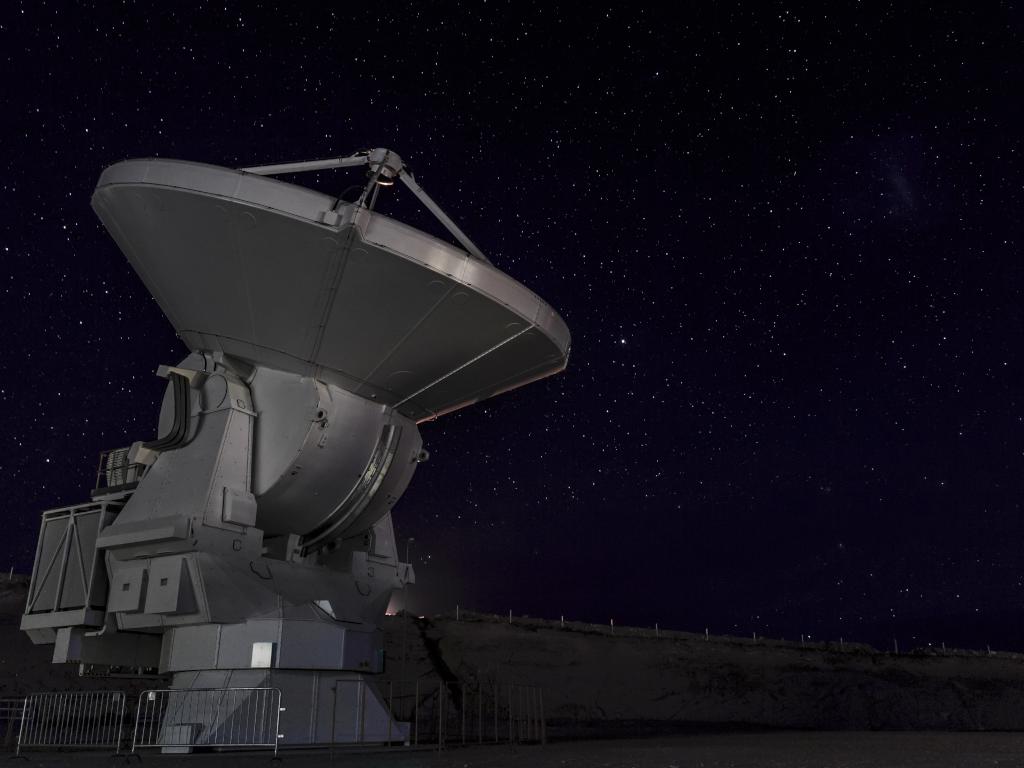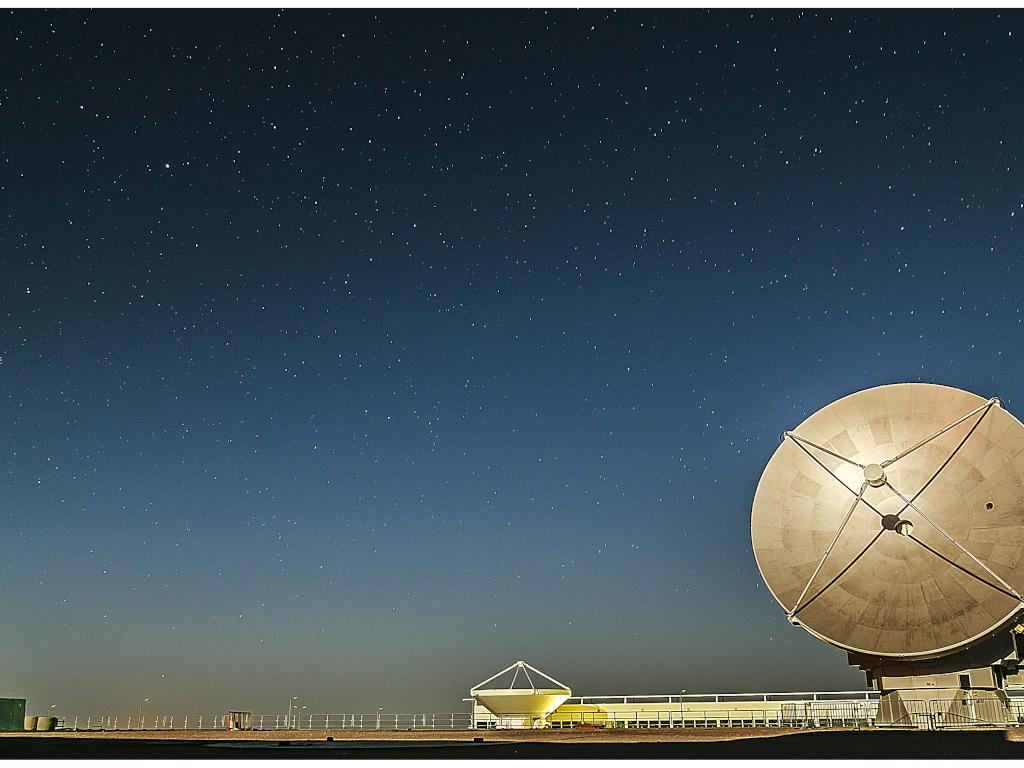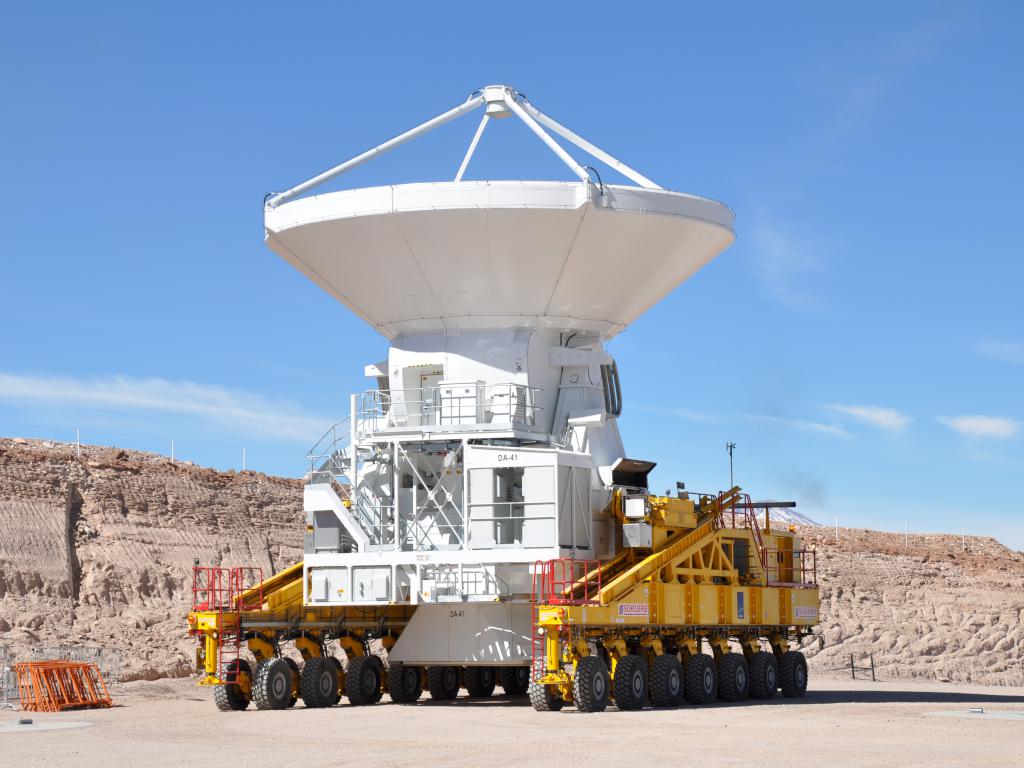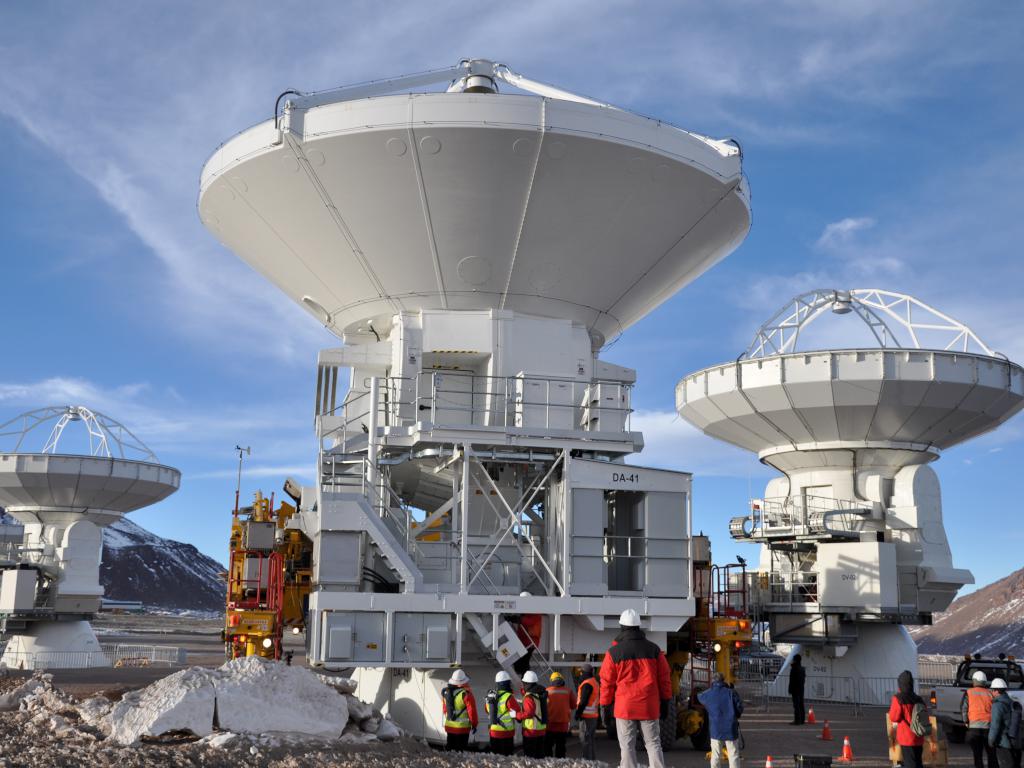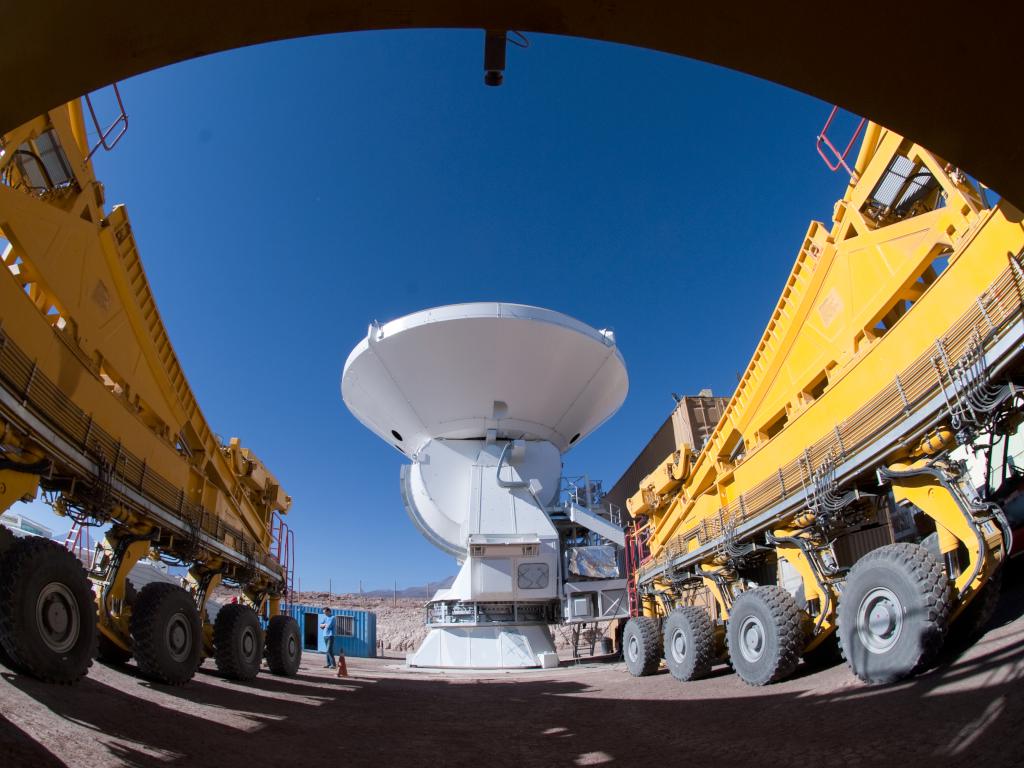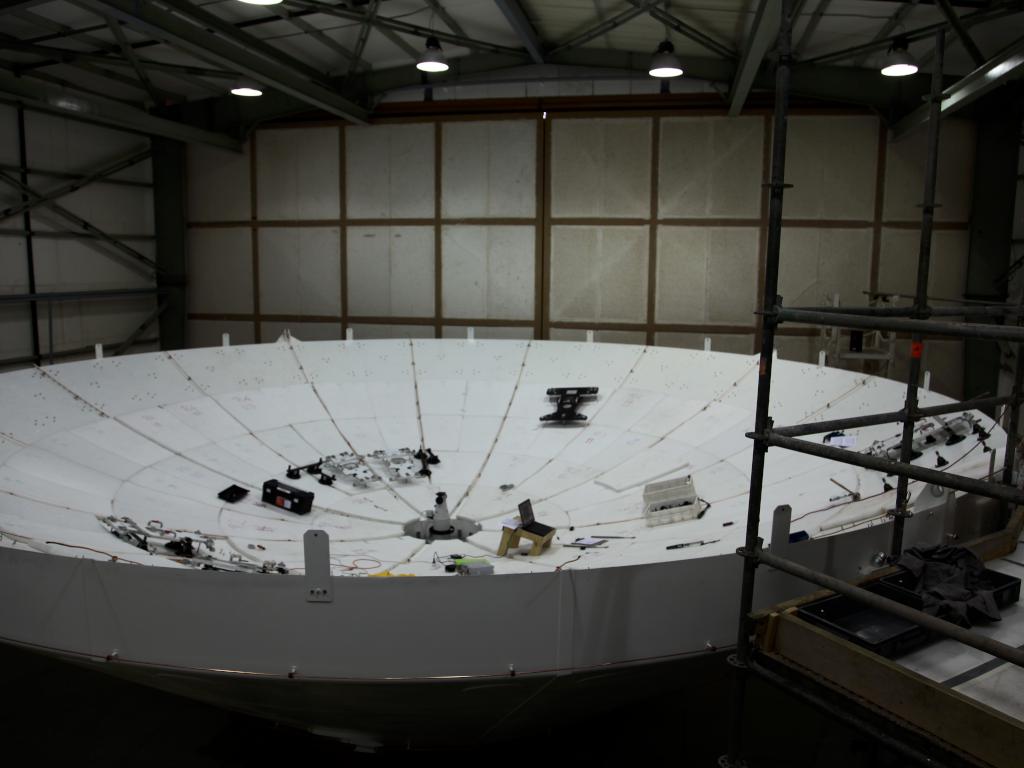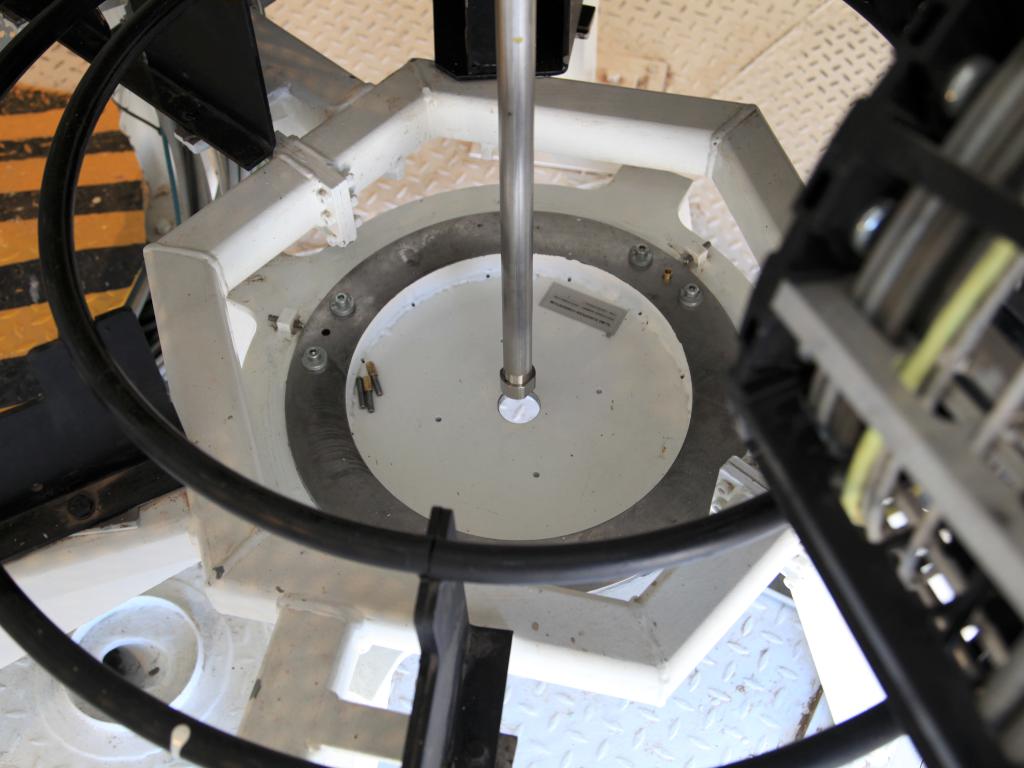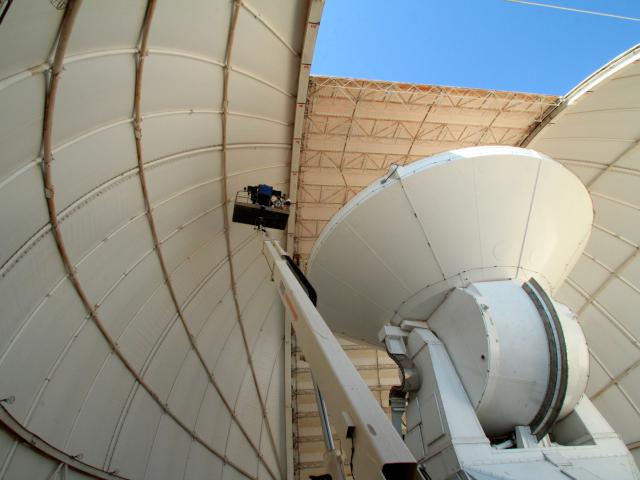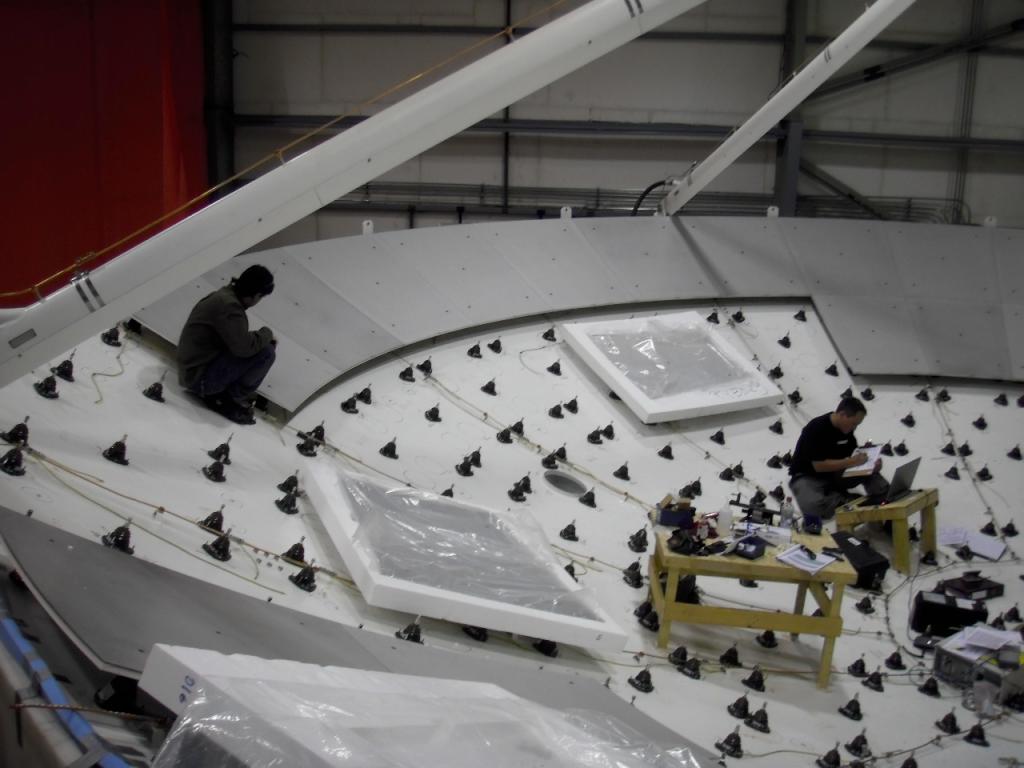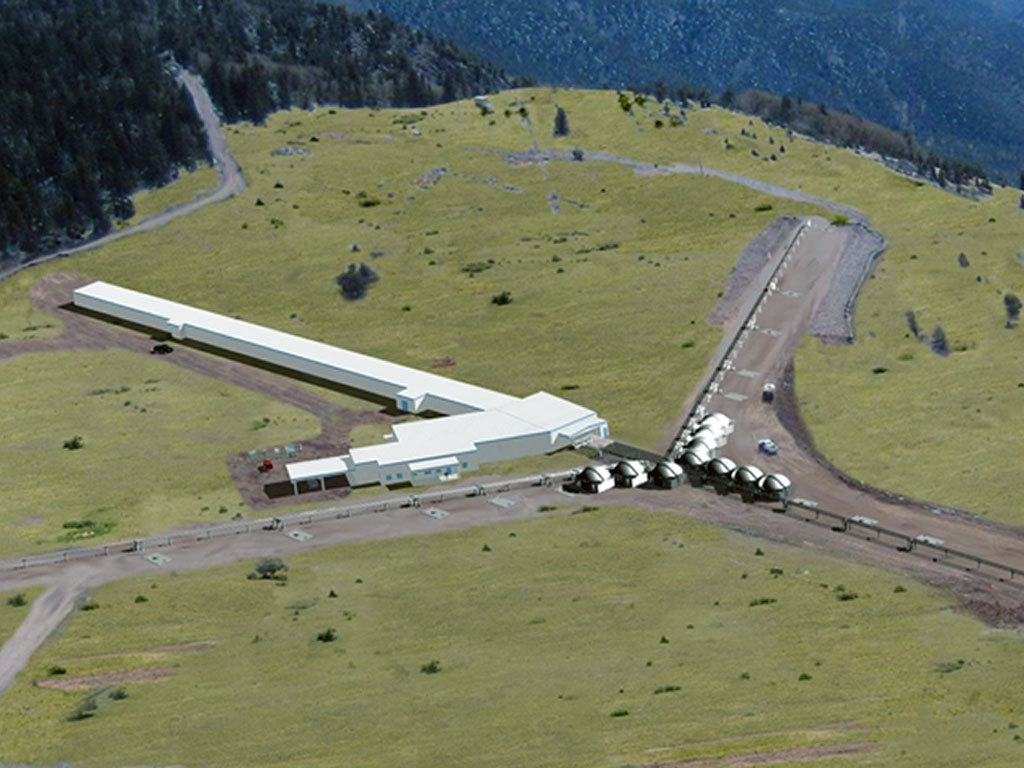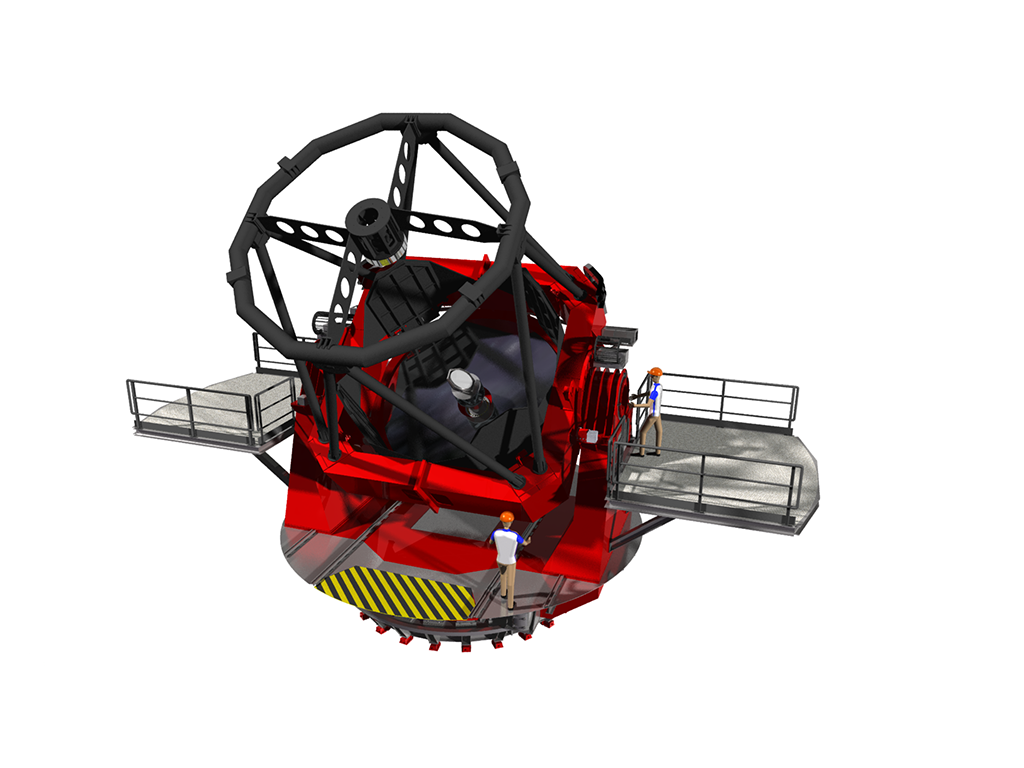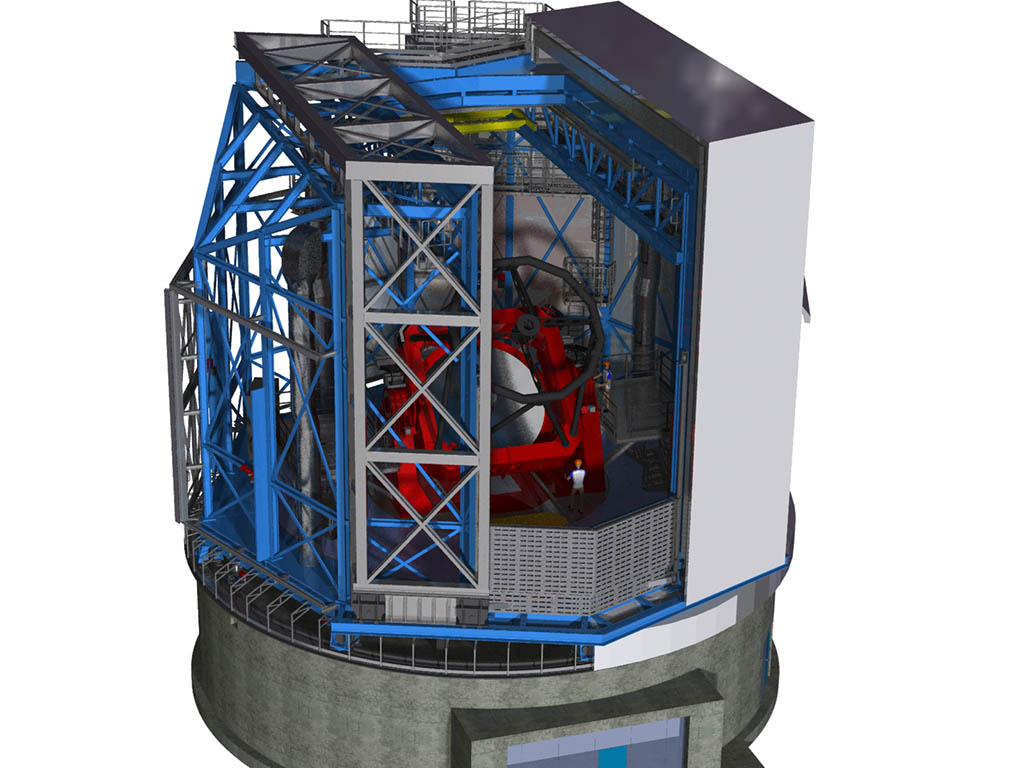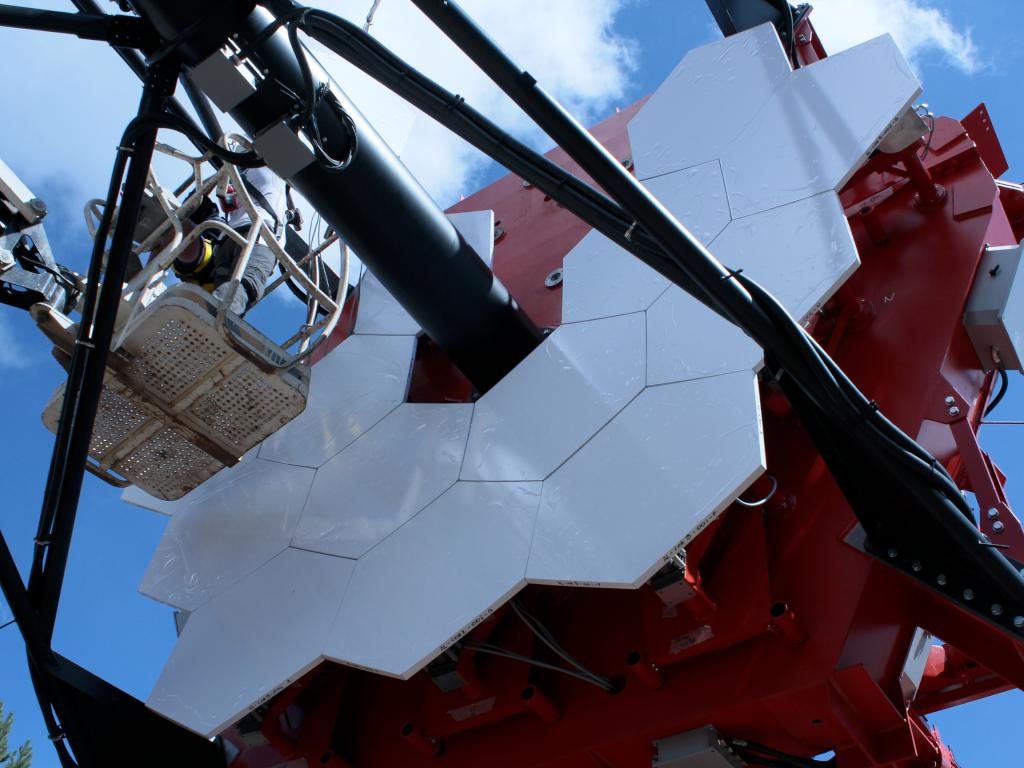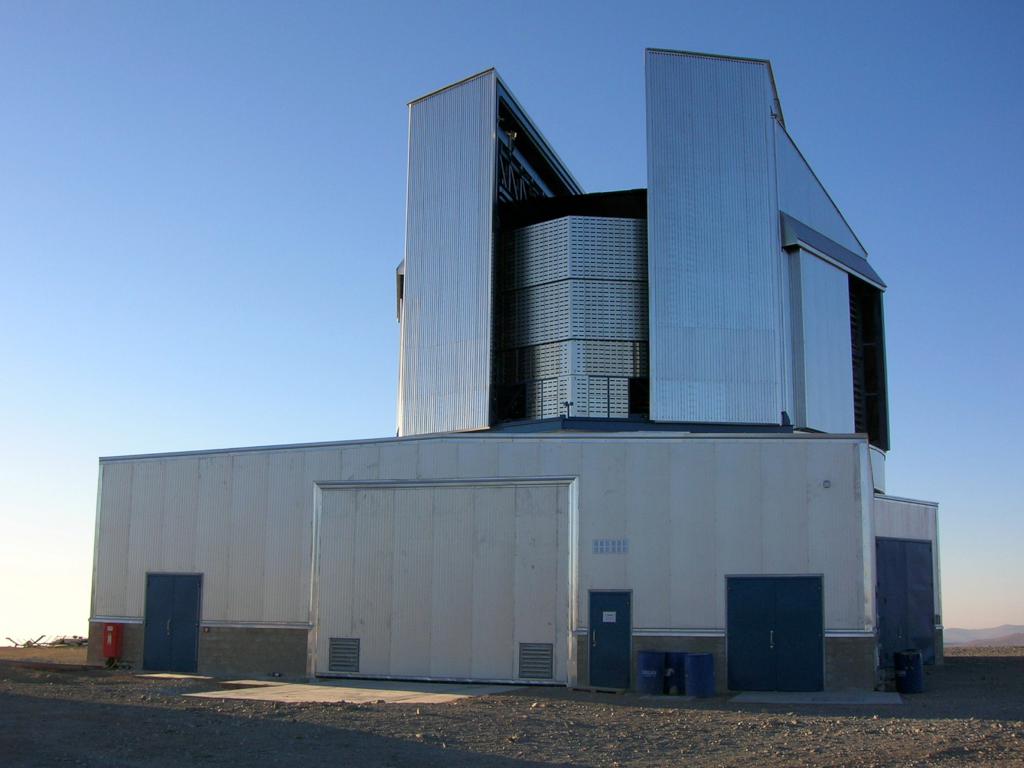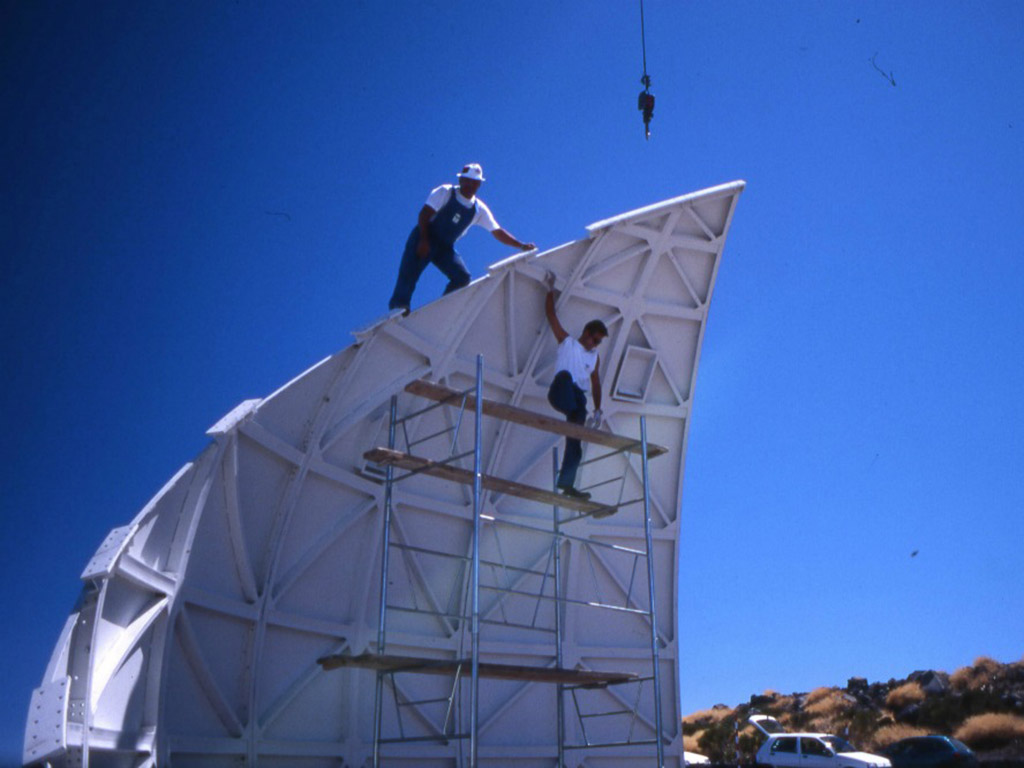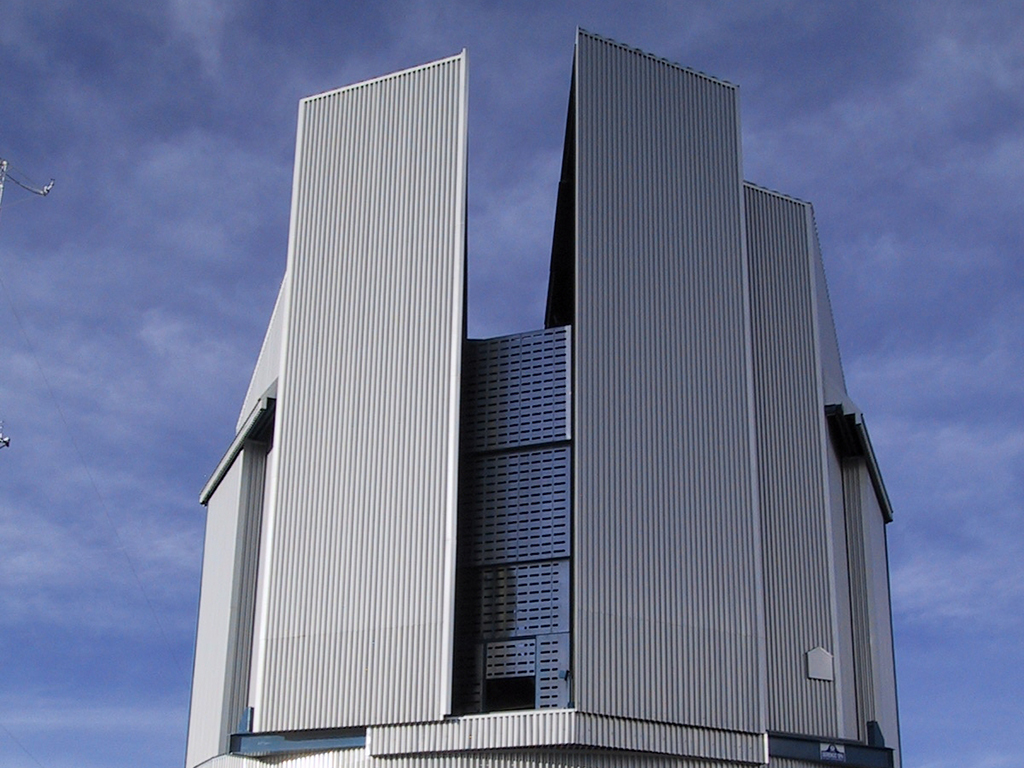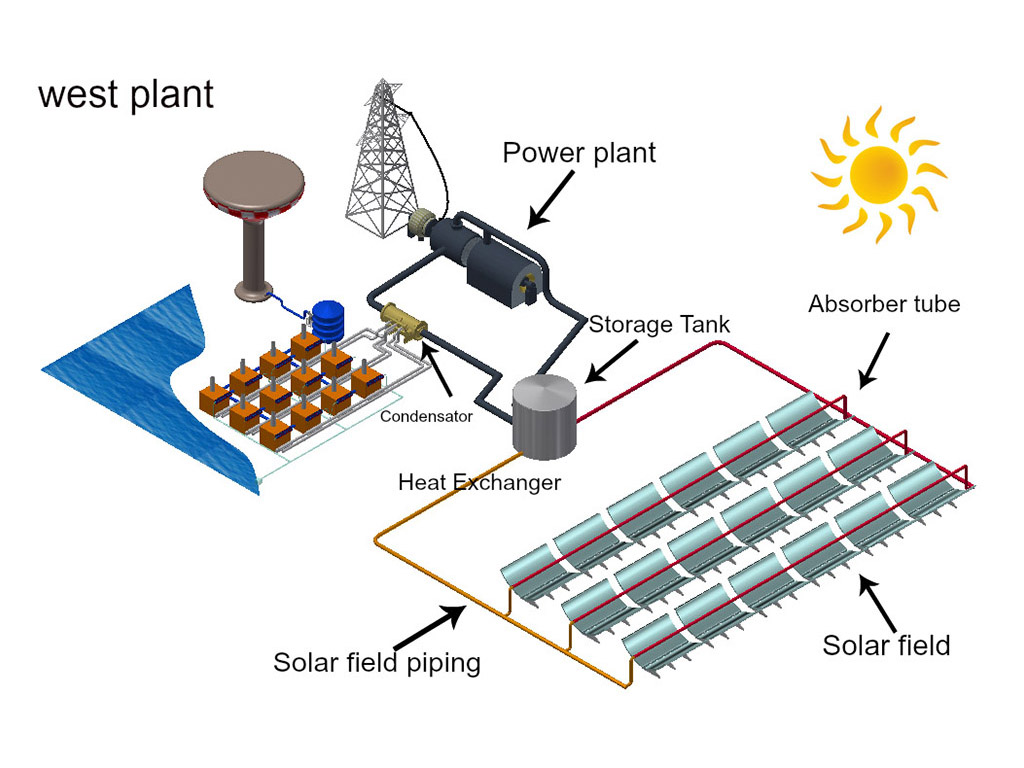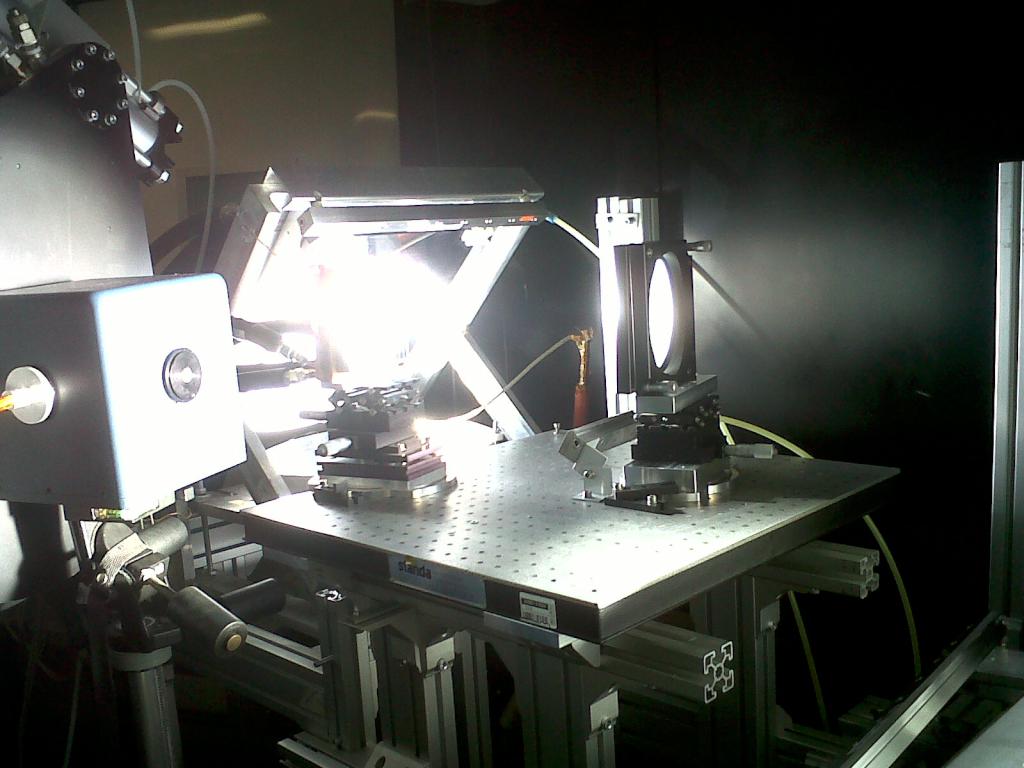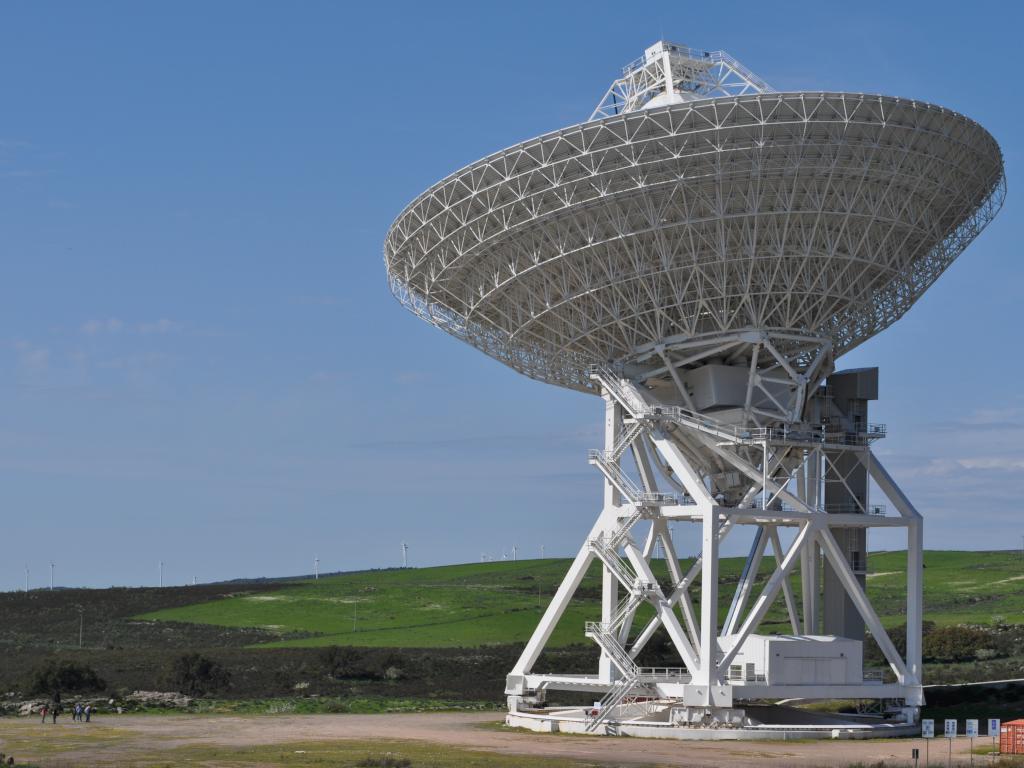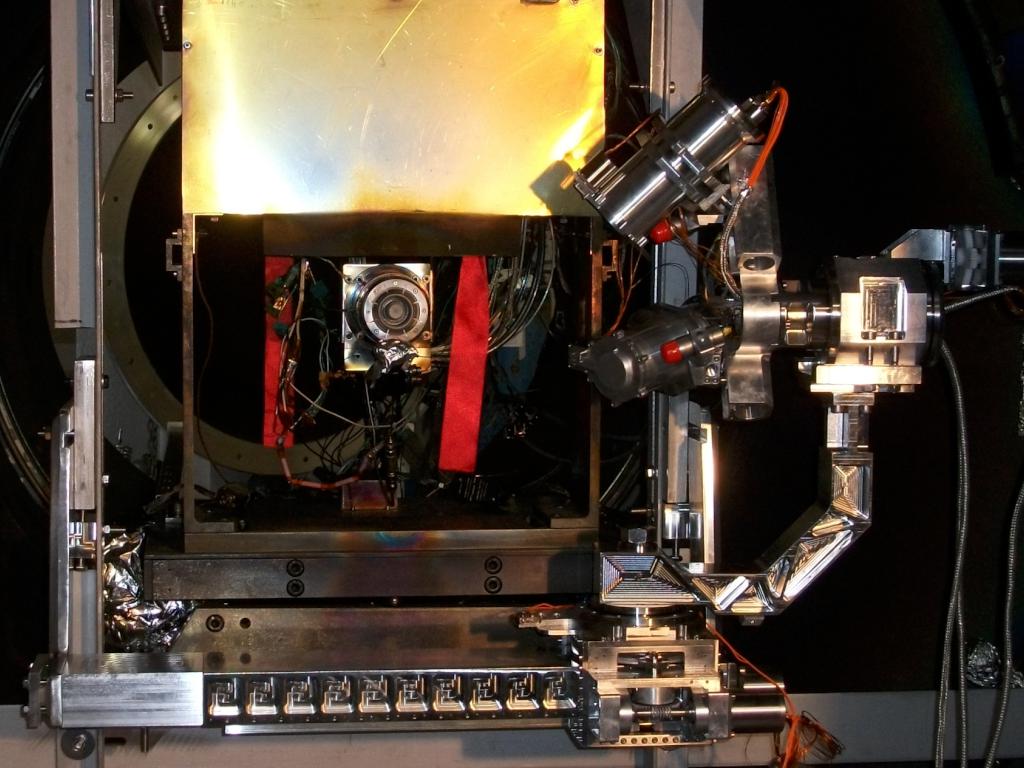ALMA - Atacama Large Millimeter/Sub-millimeter Array
Site:Chajnantor Plateau (AOS – 5.000m asl) –Atacama Desert - Chile
State: completed
Activities:
Detail Design, Manufacturing, Pre-Assembly in Europe, Packing &Transport, Erection on Site (OSF- 2900m), Commissioning and Testing of the 25 European 12m antennas
Partner: AEM Consortium
Date: 1999-2015
Client: ESO – European Southern Observatory (Europe), NRAO - National Radio Astronomy Observatory (North America), NAOJ – National Astronomical Observatory (Asia)
Category: radio-astronomy
Credits: EIE GROUP/L. Fardella - EIE GROUP
The ALMA Radio-Antennas
Overview:
ALMA - Atacama Large millimeter/Submillimeter Array is, as of today, the most revolutionary astronomical radio-telescope observatory in the world and it is the result of a global endeavor between Europe, through ESO (European Southern Observatory), North America, throughNRAO (National Radio Astronomy Observatory) and Asia throughNAOJ (National Astronomical Observatory) and the cooperation of the Republic of Chile.
The 66 antennas composing the ALMA Array, have been installed in Chile, at an altitude of 5000m on the Chajnantor Plateau, in the Atacama Desert, one of the highest observatories and driest places on Earth, where air is so rarefied that oxygen tanks are necessary to operate safely. The ALMA site with the average annual rainfall below 100mm, nonexistent light pollution and radio-disturbances, is the perfect place for ALMA’s ambitious scientific goals.
ALMA has been designed to allow astronomers to perform ground-breaking science in the field of millimeter and sub-millimeter astronomy. Thanks to unprecedented sensitivity and resolution, ALMA will open up a window onto the cold Universe, detecting never-seen-before details about the formation of stars and galaxies in the early Universe as well as the formation of planets.
The advanced technology design of the ALMA Radio-antennas allows the dishes to work together as a single, extremely powerful telescope: a radio-interferometer. Thanks to two custom-built transporters, designed to lift the antennas, the astronomers can relocate the antennas moving them across the desert, within a maximum distance of 16 km, according to the observing configuration desired.
Differently from a classic telescope which cannot be moved from its concrete foundations, the ALMA antennas have been conceived to be transported and repositioned on different foundations (there are 192 on site), this without incurring in damages to the dishes and the antenna instrumentation. Without this technological feat, ALMA’s ambitious goals would have been unattainable.
EIE and the ALMA Project:
It all began with the study for the European ALMA Antenna Prototype.
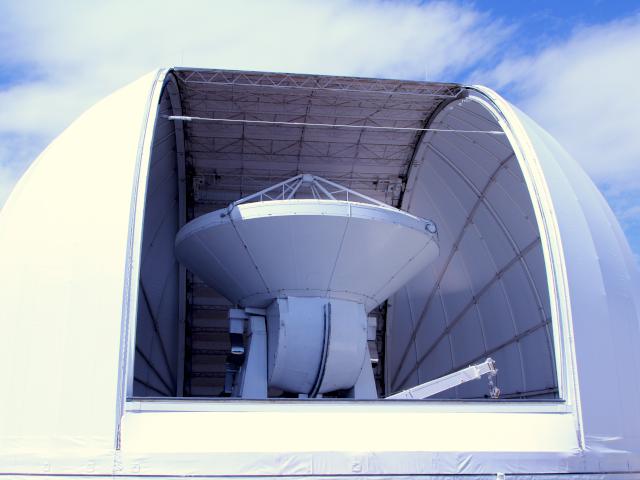
It has to be said that, despite all of the antennas have been conceived to respond to the stringent project technical specifications, each partner could customize the design of their prototype. The attentive observer in fact, will notice that the European antennas are different from the American or the Japanese ones and not in terms of dimensions only.
EIE, in consortium with the French Alcatel, designed and developed the ALMA prototype antenna, which was installed, together with the other two partner’s ones, at the VLA site, in Socorro, New Mexico. These prototypes passed through many different test phases to verify the performances.
Watch the video of the APA transport HERE
Once the test phase overcome, the series production started and as they were ready, the antennas were shipped to Chile and assembled at the Operational Support Facility (OSF) and submitted to further tests by the Assembly, Integration and Verification (AIV) unit, before being transported to their final destination, the ALMA Operations site (AOS) at 5000m.
Once integrated in the Array, they went through Commissioning and Science Verification (CSV) tests again.
These tests were performed to obtain quantitative confirmation that the data have the required characteristics in terms of sensitivity and image quality. The antenna is finally accepted when its performances are within specifications in the harsh climatic conditions of the Chajnantor Plateau.
The main innovation introduced by EIE was the use of carbon fiber (CFRP) for some important elements of the antenna and in particular for the receiver cabin, the back up structure and the Apex.
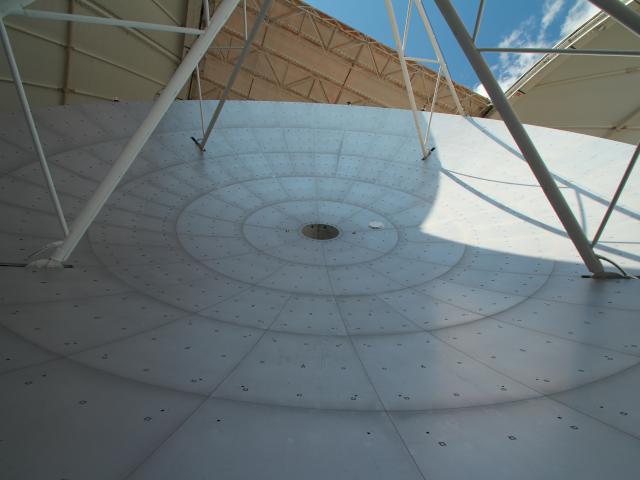
The decision to use these material revealed to be successful because of the carbon fiber well known properties of lightness and stiffness. It was therefore perfect to reduce the overall weight of the structure, making it at the same time stiff and not subject to thermal deformations.
The ALMA Antennas Foundations:
In 2004 EIE was awarded the study for the design of the ALMA Foundations: the project consisted in si aggiudicò lo studio per la progettazione delle fondazioni di ALMA: il progetto consisteva nel definire forma e struttura delle 192 basi su cui sarebbero state posizionate, a seconda della configurazione dell’Array, le antenne di ALMA.
EIE, differently from what proposed by other companies, designed some triangular-shaped reinforced concrete foundations. This idea revealed successful under many ways:
• financially, it meant a 30% cost reduction per foundation with respect to the circular-based foundations;
• in terms of materials, discarded material from the excavation activities was reduced by 1/3;
• the use of a smaller quantity of reinforced concrete and the possibility to work it locally and to transport it on site in one block; with a consistent saving of time and money.
Furthermore, the triangular-shaped foundations revealed to be easier to be transported and repositioned on site and they would never have been exposed to the direct sunlight, because protected by the base of the antenna itself.
The ALMA Series Production
In 2005 the AEM Consortium (which included EIE, the French Thales Alenia Spaceand the German MTM Mechatronics), signed the contract for the construction of ESO’s 25 European antennas. It was ESO’s biggest contract ever.
Today, 10 years later, the project has been fully delivered to the scientific community; the last antenna was delivered in October 2013 and the 66 antennas array is now fully working making the best science ever.
The success of this revolutionary project, result of an extraordinary collaboration between the nations, is easily measurable: it suffices to think that the Joint ALMA Office (JAO) – in charge of the coordination for the call for proposals – received an enormous quantity of requests for observing time from the international scientific community lately, to testify the spirit of collaboration among astronomers, who promise spectacular steps forward in all the fields of the astronomical research.
How does ALMA work?
The ALMA array has been designed to work as a unique giant single-dish telescope, thanks to the techniques of interferometry. Each antenna is equipped with 10 receivers operating at different frequency bands and this makes of ALMA a powerful instrument both in terms of resolution – the capacity of recognizing the details of the observed objects – and sensitivity – the capacity of gathering photons.
By combining the signals of all individual antennas it is possible to reproduce the capacities of a single antenna with a diameter equal to the maximum distance among the antennas (16km). The interferometry resolution does not depend on the diameter of the single antennas, but on the distance among them (baseline). When in compact configuration, with 200m maximum baseline, ALMA reaches a resolution of an arcsec at 1mm wavelength. By selecting the wavelength and the configuration of the Array, the astronomers can observe different objects on a wide interval of angular scales. As a consequence the more antennas compose the array, the more photons can be gathered and higher is the sensitivity obtainable.
In order for ALMA to operate correctly, it is important that the signals received from each antenna are combined or, better, correlated and reach a correlator. For this to happen, one has to know the precise length of the wave-front between the antenna and the correlator. This is especially problematic if the distribution of water vapour is non-uniform because it can produce a delay in the signal transmission. Therefore, in order to successfully correlate the signals one has to know the amount of water vapour in the atmosphere and this is possible thanks to “water vapour radiometers”, which are installed at each antenna
Science with ALMA:
ALMA has been designed to investigate the “Cold Universe”: the radiations at (sub)millimeter wavelengths come from very low temperature gasses and dusts. ALMA can therefore observe a very young Universe and the stars formation, which are dark in visible light, but which result extremely luminous in the (sub)millimeter region of the magnetic field.
Links to ESO’s ALMA web pages.
http://www.eso.org/sci/facilities/alma.html
http://www.almaobservatory.org
http://almascience.org/
